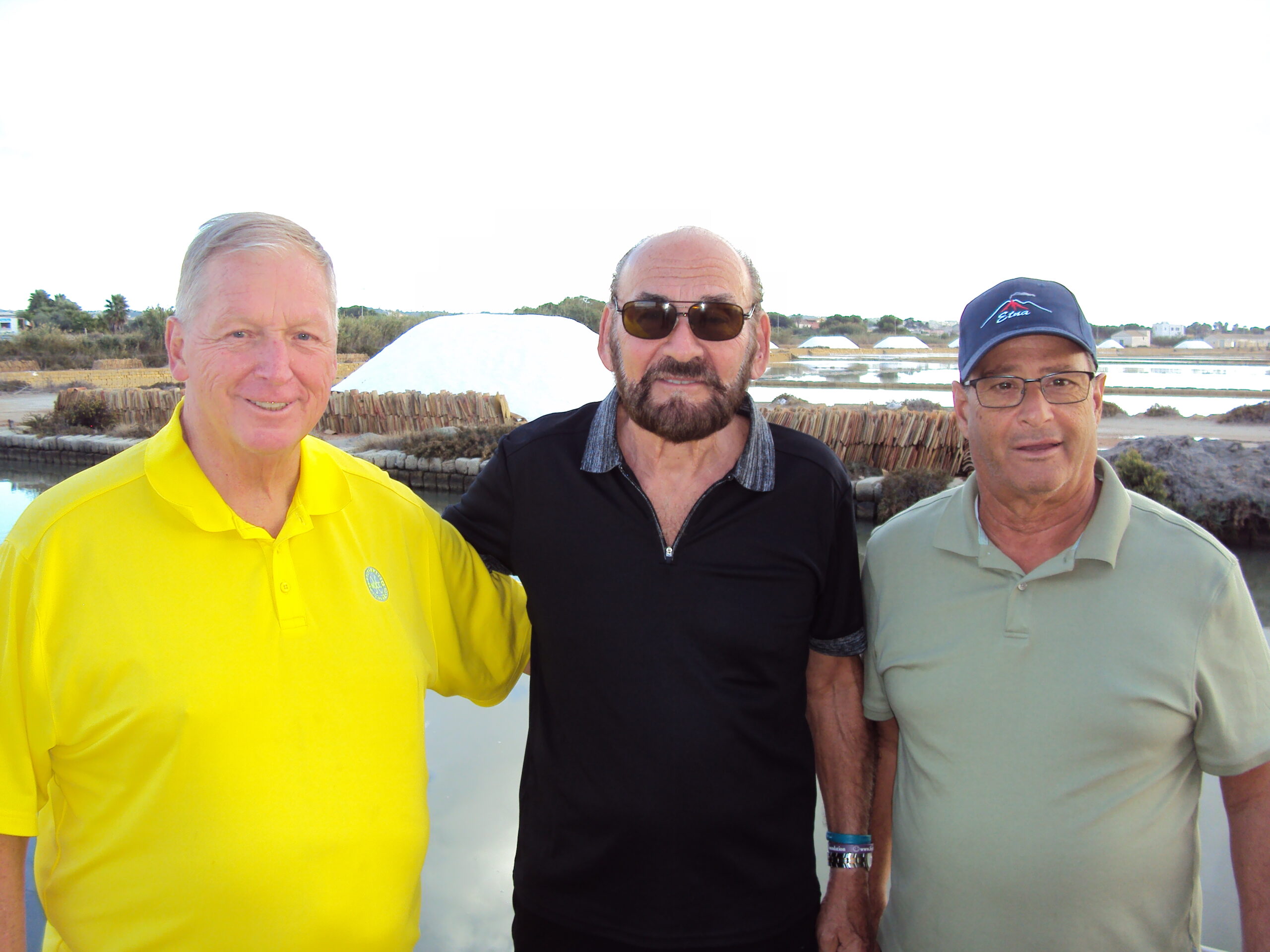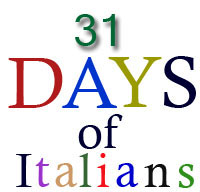Trapani and Marsala
The Province of Trapani juts out into the sea from Sicily’s west into the Tyrrhenian Sea. This enchanting land is composed of marvelous coasts that alternate with steep cliffs and endless beaches. The archaeological remains, small villages and the traditions of daily life make the province a very attractive tourist destination.
Besides the capital city of the province, Trapani, other cities and places of interest include Marsala, Segesta, Gibellina, Erice, Castelvetrano, Alcamo, Mazara del Vallo, Castellammare del Golfo and Mozia. The nearby island of Pantelleria, noted for its wine production and the Aegadian Islands are also part of the province. In short, there are countless things to see and do along this stretch of eastern Sicily.
The Trapani coast is one of the most impressive in Italy. It contains remarkable scenery, particularly the Gulf of Castellammare, with its seafront cliffs alternating with beautiful beaches. Scopello is renowned for both its near-transparent sea and sea stacks – tall rock formations that have remained when the surrounding stone has eroded.
Continuing south along the coast, the Publisher’s Tour group arrived in the city of Marsala. Even for those unfamiliar with the city, the fortified dessert/cooking wine from the area and the recipes prepared with it, are known to most. The heart of Marsala is Piazza della Repubblica. Not only is it a lovely place to walk, it is also the home of the city’s Duomo, dedicated to Thomas Becket, the Archbishop of Canterbury. According to legend, a ship bound for England was to deliver columns for the building of a church in honor of Saint Thomas. Instead, it was forced to seek shelter in Marsala, due to a fierce storm, which the citizens of Marsala took as a sign of divine will and built a church which they dedicated to the English saint.
The Duomo itself has had a rather unlucky existence, having been rebuilt several times on its original Norman foundations. After a 17th century reconstruction, the building collapsed in the 19th century. It was rebuilt, but was then severely damaged again during WWII. The final touches were put to the facade 60 years ago.
Marsala is also known for its salt production. Today the processes are still performed by hand, resulting in an exceptionally high-quality salt that sells for high prices. Water is drained from the shallow ponds used to crystalize the salt by windmills that treat visitors to a scene that appears to be centuries old. It was one of the places that the travelers on the Publisher’s Tour wanted to experience.
There are many different grades of salt. Natural salts contain essential minerals that our bodies need. It is remarkably different from highly-processed iodized salt found on the supermarket shelf. In the area around Marsala, shallow pools known as ‘salina’ have been constructed to take advantage of the ideal conditions to harvest salt. The Mediterranean only rises and falls by about an inch in the area. Sicilians use the sun and the wind to concentrate the level of salt in the water, following the same practices as they have since the 14th century.
The salt-making process begins by filling the outermost salina with fresh sea-water. As the water evaporates, the briny solution becomes more and more concentrated. For centuries, windmills have been used to pump the salt water from one pool to the next, which is done every few days. Eventually, the briny water becomes so concentrated that a crust of salt crystals begins to form on the surface. The strong afternoon winds help to further dry the salt, removing the last of the water and leaving the salt ready for harvesting.
It is estimated that one hectare (about 2.5 acres) of salina can produce as much as 100 tons of salt per year. Marsala sea salt is sought after by chefs around the world as an artisanal finishing salt. It can sell for up to $25 per pound. It is no wonder that in Marsala, the salt is referred to as white gold!





